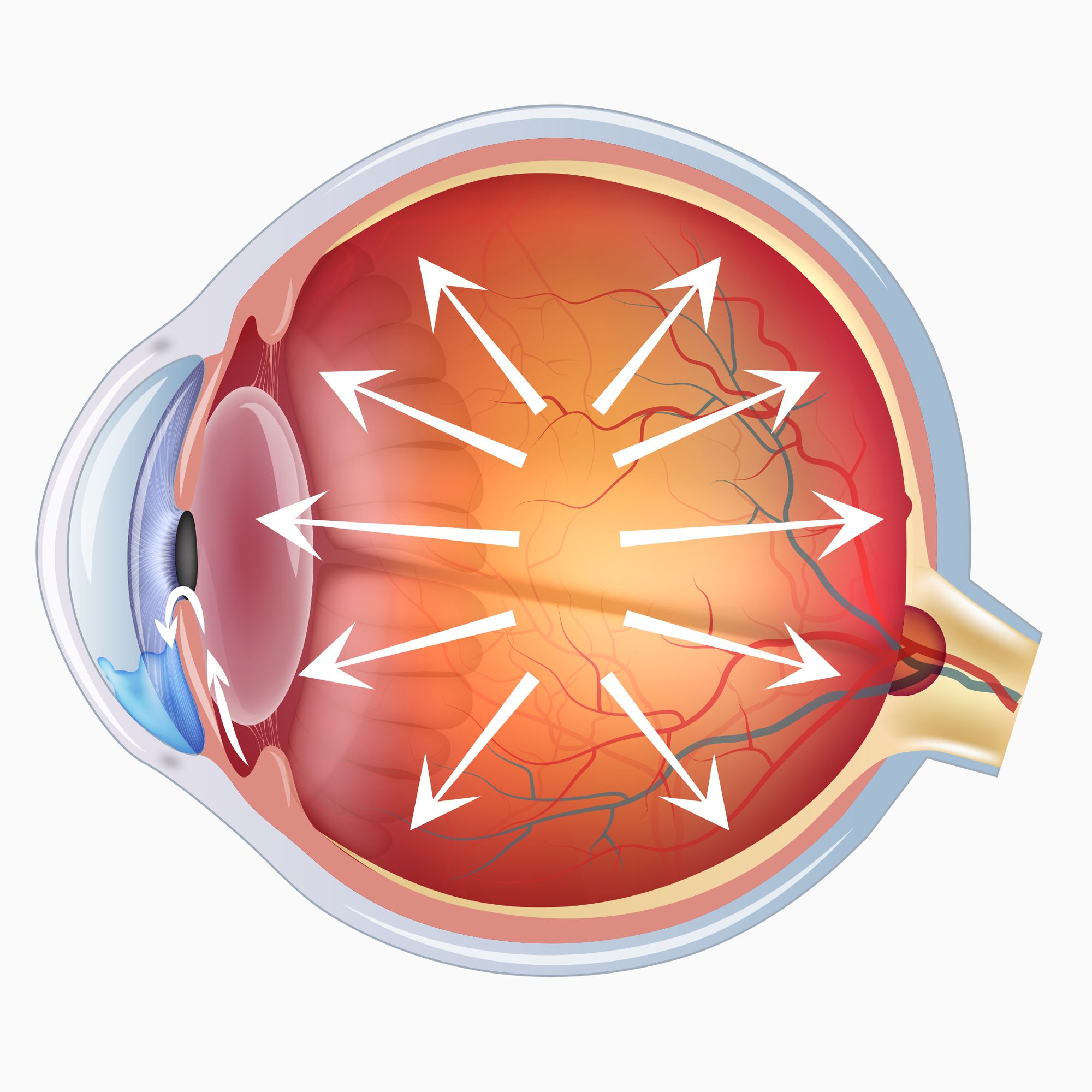Common Symptoms of Glaucoma
Glaucoma is a complicated eye disease that commonly goes undetected until it has become fairly advanced. Glaucoma often starts with increased ocular pressure, which then leads to optic nerve damage, and finally, a loss of vision. The problem is, glaucoma really doesn’t have any noticeable early warning signs. Once glaucoma does begin to impact a person’s vision, the disease has already progressed quite far along. To ensure that glaucoma is diagnosed and treated before irreversible damage occurs, it is important for patients to schedule routine eye exams. However, in case routine eye exams have been neglected, or glaucoma begins to develop in between exams, it is a good idea for patients to be aware the most common symptoms of glaucoma. If a patient does develop symptoms of glaucoma, they should be reported to the Merrillville, IN, eye doctors at Deen-Gross Eye Centers as soon as possible.

Loss of Peripheral Vision
When glaucoma has advanced to the point that vision is affected, it is most likely that a person’s peripheral vision will suffer first. Many people don’t immediately notice when peripheral vision becomes compromised because focus and acuity within the central field of vision remain strong. Unfortunately, without treatment, optic nerve damage will continue to advance and the central vision will eventually be impacted as well.
Blurry Vision
Even though patients may not notice when peripheral vision deteriorates, it is impossible to ignore a decline in the central field of vision. While acute angle-closure glaucoma may sometimes result in sudden vision loss, it is more common for the vision to change gradually. Most patients report that their vision has become blurry or hazy. It may feel like everything is being seen through a foggy lens. Although patients should still be able to make out general shapes, the ability to see fine details and sharpness is lost. Vision loss associated with glaucoma is irreversible, so it is vital that patients report any change in vision to their eye care provider as soon as possible so that treatment can begin and remaining vision can be preserved.
Glares or Halos
Another common symptom of advanced glaucoma is glares or halos. As glaucoma progresses, it becomes difficult for the eyes to process light properly, so glares or halos may develop. Glares and halos look like flashes, streaks, or circles of light. They sometimes appear as a bright, white light, and they sometimes appear as a rainbow of colors. Glares and halos are most common at night when there are many bright sources of light.
Eye and Head Pain
Eye and head pain can be signs of acute angle-closure glaucoma. The eyes may ache or tire easily. Frequent headaches are also a possible concern. For some patients, eye and head pain can be so severe that it eventually leads to nausea or vomiting. Any patient who experiences an episode of extreme head or eye pain accompanied by nausea or vomiting should report it to an eye doctor or physician as soon as possible, as emergency treatment may be necessary.
Contact Us
Routine eye exams are a patient’s best defense against damage from glaucoma and other eye diseases. If you are due for a comprehensive eye exam, or if you have noticed any changes in vision, it is important to see an experienced eye doctor, such as those at Deen-Gross Eye Centers as soon as possible. Contact us at your earliest convenience to learn more about our extensive range of eye care services.


